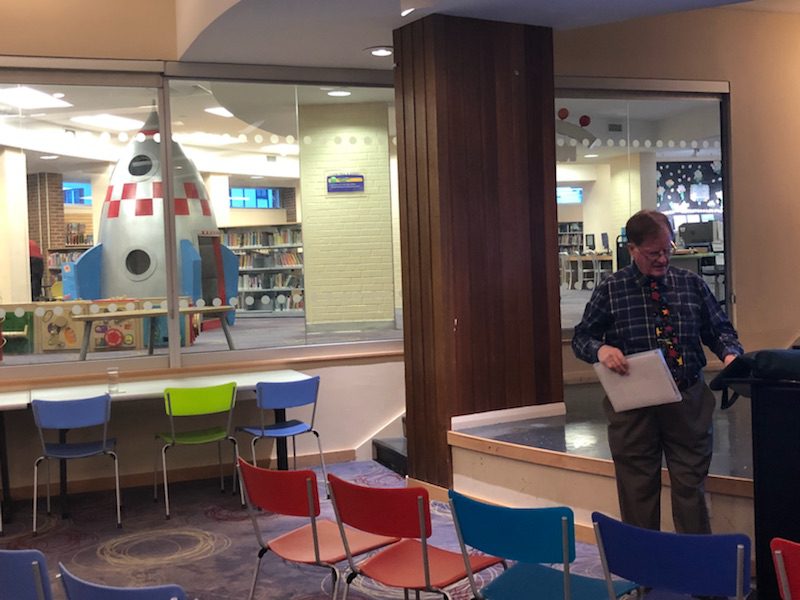Like the universe itself, Toronto’s astronomical heritage is expanding.
Stargazing enthusiasts from all over the GTA attended an April 18 lecture by astrophysicist Dr. John Percy at S. Walter Stewart Public Library on how Toronto became a “centre of the universe” for astral research and development.
They heard about the city’s history with astronomy, dating back to the 1840s. That included Canadians such as Sir Sandford Fleming, who pioneered global standard time, to Helen Sawyer, who encouraged women to pursue science in the 20th century and popularized astronomy. The event displayed the impact of both Canada’s and Toronto’s relatively unknown astronomy community on the world.
One of the evening’s key themes was diversity. Percy said that when people tend to think of astronomers, they think of “the grey, white male looking into the sky.” As Toronto grows and becomes more diverse, its astronomical heritage has moved in parallel, said Percy, who’s “very happy that astronomy is accessible to everybody.”
Major astronomical events such as the recent eclipse of the super moon have increased public interest, he said. That eclipse, which was partially visible in Toronto, brought out thousands of spectators to places such as Varsity Stadium and the Ontario Science Centre.
For newer astronomy enthusiasts, it may be awhile before they can witness another event like the eclipse. At a planning meeting for future outreach programs for astronomical communities in the city, “virtually nothing [came] up until 2024, when there will be a total eclipse of the sun visible in Niagara Falls and almost total in Toronto,” Percy said.
Of course, the lack of major events shouldn’t stop you. Percy has two suggestions for budding stargazers.
First, to get a good view of the stars in the night sky, look for a “place with large, flat ground, like a soccer field” and “minimal light pollution.”
Second, “If you want to observe things in the sky in the city, let your eyes acclimatize to the dark for 10 to 15 minutes, because their sensitivity improves noticeably if you give them that length of time. Then you’ll see some familiar constellations.”
And, Percy said, “I urge you to keep looking up.”

